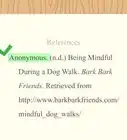This article was co-authored by Christopher Taylor, PhD and by wikiHow staff writer, Jennifer Mueller, JD. Christopher Taylor is an Adjunct Assistant Professor of English at Austin Community College in Texas. He received his PhD in English Literature and Medieval Studies from the University of Texas at Austin in 2014.
This article has been viewed 27,212 times.
Accurate citation is crucial for research papers and can help you avoid accusations of plagiarism. The Harvard reference style and citation method is used by university students and faculty in a number of different disciplines. Harvard style takes an "author, date" approach that is straightforward and easy to use. To cite in text using Harvard style, all you need is the author's last name followed by the year their work was published in parentheses.[1]
Steps
Including Citations in Text
-
1Place the year in parentheses if you list the author's name in the text. Generally speaking, when you're citing the author of a reference work in the text of your paper, you don't need to include all of the publication information. All you need is the name of the author and the year the work was published.[2]
- For example, if you were citing a book about cupcakes written by Sunny Himmel and published in 2008, your in-text citation might read, "According to Himmel (2008), chocolate cupcakes have outsold vanilla cupcakes two to one."
-
2Put the entire citation in parentheses if you're citing at the end of a sentence. Sometimes you don't need to mention the author directly in a sentence, but you still need to cite your source if you are paraphrasing someone else's work.[3]
- For example, if you were citing a book about cinnamon rolls written by Suzy Sunshine and published in 2002, a parenthetical citation would be, "Cinnamon rolls were first created by a German baker in the 1800s (Sunshine, 2002)."
- Note that in parenthetical citations, you typically separate the year of publication from the author's last name with a comma, rather than putting the year of publication in parentheses. This makes the citation look neater than it would if you had multiple parentheses.
- You can also use parenthetical citations in the middle of a sentence (such as at the end of a clause), but do this sparingly. It can disrupt the flow of your writing and destroy readability.
Advertisement -
3Use alphabetical order when citing multiple authors. In some situations, you may have a statement in your text that is supported or mentioned by several of your research sources. List the authors in alphabetical order.[4]
- If a single source has multiple authors, use the name of the first author for alphabetizing. Separate the names of multiple authors with commas or with the word "and" if you list them in text. For example, "According to Ambrose (2008), Burton (2002), and Childers (2011), baked goods can be eaten as snacks or as dessert after a meal."
- In parenthetical citations, use an ampersand ("&") instead of the word "and." Use a semicolon to separate multiple sources, but don’t put one before the ampersand. For example, "(Ambrose, 2008; Burton, 2002 & Childers, 2011)."
-
4Include page numbers for direct quotations. Occasionally, you may find that you need to quote the words of a reference author directly. Even if you mention the author's name in the text, a direct quotation should be followed immediately by a parenthetical citation with the author's name, year of publication, and the exact page number where the quote appears.[5]
- For example: "According to Sunshine (2004), 'vanilla cupcakes are the dessert of kings and queens' (Sunshine, 2004, p. 92)."
- Note that you do not need to include the page number if you paraphrase rather than quote the text.
-
5Vary your method of citing in text. You want your text to be readable and to flow easily. If you make every in-text citation using the same method, your writing will seem monotonous and clunky. Read aloud if necessary to determine what method sounds best.[6]
- Generally, include an author's name in the text if you're citing them for a unique contribution they made to the discipline, or information that is unique to them. For example, "According to Himmel (2005), cupcakes are the favorite treat of Princess Charlotte" makes good use of an author's name in text.
- If you're citing a reference for a more general, basic fact, a parenthetical citation at the end of the sentence makes more sense.
-
6Include signal phrases to alert your readers to quotes or paraphrases. Words and phrases such as "acknowledges," "argues," and "according to" let your reader know that a statement came from another author, not from you.[7]
- A citation alone isn't always sufficient to acknowledge the author of the work, particularly if it comes at the end of the sentence.
- When you have a particularly long sentence, you may want to mention the author in text as well as including a parenthetical citation at the end.
- For instance, you could say, “Jane Holloway argues that cupcakes are now the preferred birthday treat in America, edging out the traditional birthday cake (Holloway, 2013).”
Citing Irregular Sources
-
1Use anonymous sources with caution. In your research, you may run across sources where the author isn't listed. For online sources you can sometimes use the name of the company that produced the web page, but in most cases if you can't identify the author you should avoid using that source in your writing.[8]
- Generally, if you can't identify who wrote a text, you have no way of knowing how reliable or truthful that work is.
- For some subject matter, anonymous sources may be impossible to avoid. This might be the case if, for example, you were writing a paper about a sensitive topic such as sexual abuse.
- In this case, write “Anonymous” in place of the author, then include a comma before the date. For instance: (Anonymous, 2001).
-
2Cite the full title of laws and legal documents. While legal and legislative documents may have an individual author, it is more appropriate to provide the name of the document and the year it was published or released.[9]
- For example: "(Access to Cupcakes Act, 2001)."
- If the paper or legal document is a memo, departmental circular, or other internal document, it's best to list the name of the department, office, or organization as the author. For example: "(National Baking Association, 2009)."
-
3Distinguish works by the same author published in the same year. Some experts are prolific in their field, and in your research you may find that you want to use multiple works by the same author. If multiple works were published in the same year, add a lower-case letter after the year to distinguish the two.[10]
- For example: "(Sunshine, 2004a; Sunshine 2004b)."
- On the other hand, if you have two authors with the same last name, you typically can distinguish the two authors by including a first initial in your in-text citations. For example: "(S. Sunshine, 2004; D. Sunshine, 2004)."
-
4Use secondary referencing if a source is unavailable. Through the course of your research, you may find that an author you want to cite has cited another author's work. In most cases, you should try to find the original work the author cited. If it's out of print and no longer available, use secondary referencing.[11]
- For example, you might write "According to Sally Sunshine (1892), as cited by Sunny Himmel (2002), cream cheese makes the best frosting for cinnamon rolls."
-
5Add "et al" after the first author's name for more than 3 authors. Generally, if you're citing a work with more than one author, you should list the surname of every author in your citation. However, if there are four or more authors you only need to list the first.[12]
- For example, a book written by Ambrose, Burton, Childers, Duncan, and Elder in 2004 would be cited "Ambrose et al (2004)."
- The abbreviation "et al" is Latin meaning "and others."
-
6Cite titles of multimedia works. In some types of papers, you'll need to reference a movie, television show, or video. To cite these sources using Harvard style, list the name of the work followed by the year it was broadcast or released.[13]
- For example: (The Godfather, 1972).
-
7Treat citations to images or illustrations like direct quotations. Some sources may have a diagram, table, graph, or other visual element that you want to discuss in your paper. Cite the work just as you would any other source, but add the page number on which the visual element appears.[14]
- For example: "According to a graph produced by Sunshine (2004), cupcake choice is strongly influenced by frosting flavor (Sunshine, 2004, p.92)."
-
8Cite corporate authors for web pages. If you're using a website as a source, the exact author of all content on that site may not be listed. In those cases, you typically can refer to the company or organization that runs the website as the author.[15]
- For example: "Cupcake delivery is approximately twice as popular as pizza delivery, according to an UberEats study (UberEats, 2017)."
Creating Your Reference List
-
1Organize your bibliographic information as you research. In the text of your paper, you'll only need the author's last name and the year of publication to cite using Harvard style. However, you'll need a more detailed citation in your reference list or "Works Cited" page.[16]
- The easiest way to keep your sources organized is to use a word-processing document or digital sticky notes. This allows you to begin a References page and add to it as you find new sources.
- Alternatively, you can use software, like Zotero, to catalogue the sources for you.
- If you see something in the source that you want or need to quote directly, write the quote in the word document along with the page number.
- Since you need to cite any images or illustrations the same as you would a direct quotation, include those page numbers on your index card as well, along with a brief description of the image.
-
2Ask about specific formatting requirements. Although Harvard style is basically the same, some schools, departments, or professors may have specific requirements. This may include particular punctuation requirements.[17]
-
3List the authors of your references in alphabetical order. A reference list is generally ordered alphabetically by the author's last name. In the case of multiple authors, alphabetize by the last name of the first author listed.[18]
- In a reference list, list the first and last names of all authors unless there are more than four authors. With more than four authors, list the first author followed by the abbreviation "et al." If you have a book with chapters or sections written by different authors, list the title of the chapter or section you used as a source for your paper with the name of the author of that chapter or section.
- If the name you're listing is an editor rather than an author, add the abbreviation "ed." after their name.
-
4Include the date of publication or broadcast in parentheses. In the case of books and other documents, all you need is a year. For television shows or for periodicals, you'll want to list the specific date of publication.[19]
- For example, if you're citing an article in a newspaper, the author and date in your reference list would be "Sunshine, Sally (January 2, 2014)." Some publishers or universities may prefer that you abbreviate the months of the year.
-
5Provide the primary title of the work in italics. After the parenthetical with the date, the next part of the citation in your reference list is the title of the book or article that you're citing as a source. Add a period after the title of the work, but do not include punctuation (such as commas) between the author’s name, date, and title of the work.[20]
- For example: "Sunshine, Sally (January 2, 2014) Cupcakes or Death."
-
6Note the location published and name of the publisher. The next information included in your reference list citation is the place where the publisher is located and the publisher's name. Check with your advisor or professor to find out what abbreviations are appropriate for place names.[21]
- If the publisher lists more than one location, use the first place listed in your citation.
- For online sources, include the word "[Online]" in brackets. Then write "Available from:" and provide the exact web address.
- For instance: [Online] Available from: http://cupcakes.com/blog/12799
-
7Add the page numbers where the work cited appears. If you're using a book as a reference, the citation typically ends with the publisher's name. However, for magazines, journals, or other sources that include many other articles you're not citing, you'll need to point your readers to the specific page where the article appears.[22]
- Put the page number or range last and write “p.” before it for a single page or “pp.” for a page range.
- For example, write: Smith, Mallory (2015) Decadent Desserts. London, Imagination Publishing. pp. 142-159
- If the source was found online, include a note in brackets at the end of the citation that states when you last accessed the content online.
References
- ↑ http://www.otago.ac.nz/library/pdf/Harvard_referencing.pdf
- ↑ https://library.leeds.ac.uk/skills-citations-harvard#activate-how_to_incorporate_citations_into_your_work
- ↑ http://www.otago.ac.nz/library/pdf/Harvard_referencing.pdf
- ↑ https://library.leeds.ac.uk/skills-citations-harvard#activate-religious_text
- ↑ http://usp.ac.fj.libguides.com/content.php?pid=505420&sid=4157888
- ↑ https://library.leeds.ac.uk/skills-citations-harvard#activate-how_to_incorporate_citations_into_your_work
- ↑ http://usp.ac.fj.libguides.com/content.php?pid=505420&sid=4157888
- ↑ http://www.otago.ac.nz/library/pdf/Harvard_referencing.pdf
- ↑ https://library.leeds.ac.uk/skills-citations-harvard#activate-government_document_act_bill_command_paper_etc
- ↑ http://www.otago.ac.nz/library/pdf/Harvard_referencing.pdf
- ↑ http://www.otago.ac.nz/library/pdf/Harvard_referencing.pdf
- ↑ http://www.otago.ac.nz/library/pdf/Harvard_referencing.pdf
- ↑ http://www.otago.ac.nz/library/pdf/Harvard_referencing.pdf
- ↑ http://www.otago.ac.nz/library/pdf/Harvard_referencing.pdf
- ↑ http://www.otago.ac.nz/library/pdf/Harvard_referencing.pdf
- ↑ http://www.otago.ac.nz/library/pdf/Harvard_referencing.pdf
- ↑ http://guides.library.uwa.edu.au/friendly.php?s=harvard
- ↑ http://www.otago.ac.nz/library/pdf/Harvard_referencing.pdf
- ↑ http://www.otago.ac.nz/library/pdf/Harvard_referencing.pdf
- ↑ http://www.otago.ac.nz/library/pdf/Harvard_referencing.pdf
- ↑ http://www.otago.ac.nz/library/pdf/Harvard_referencing.pdf
- ↑ http://www.otago.ac.nz/library/pdf/Harvard_referencing.pdf

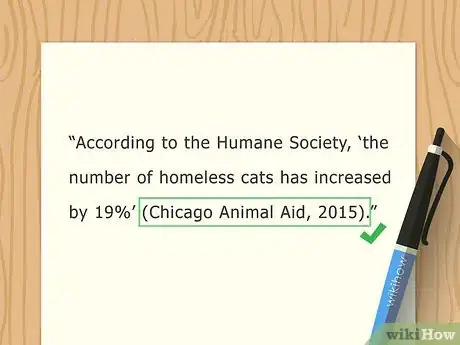

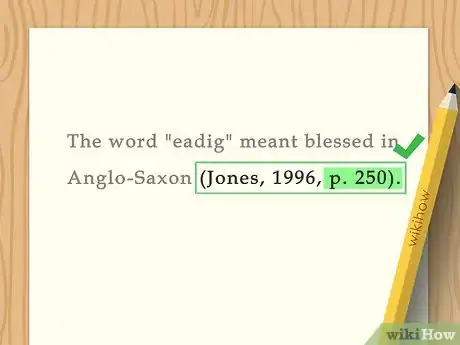

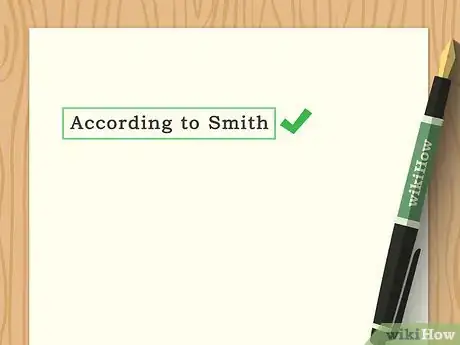




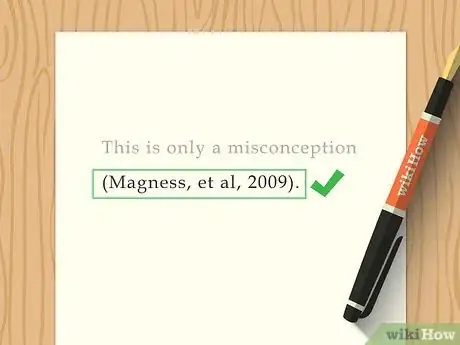





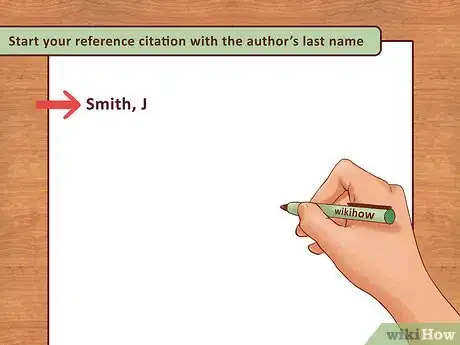

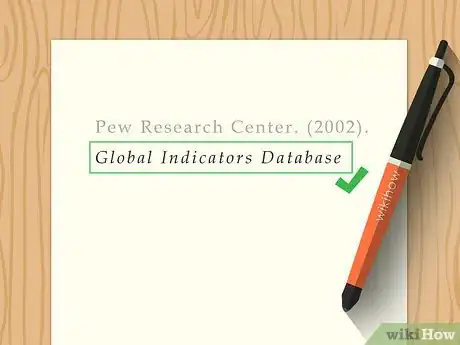
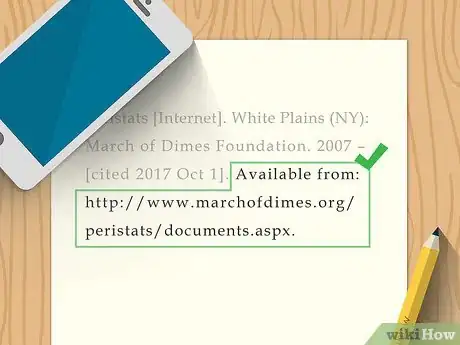







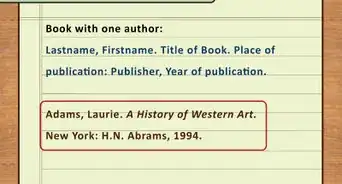
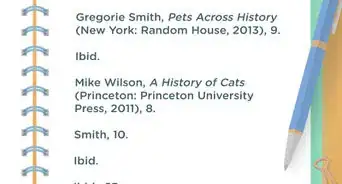
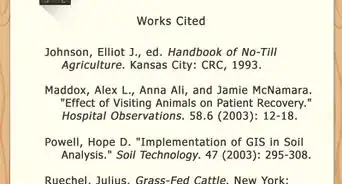

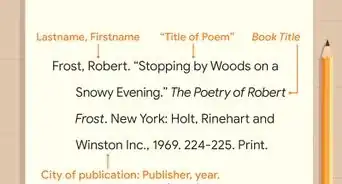
-Step-18.webp)



